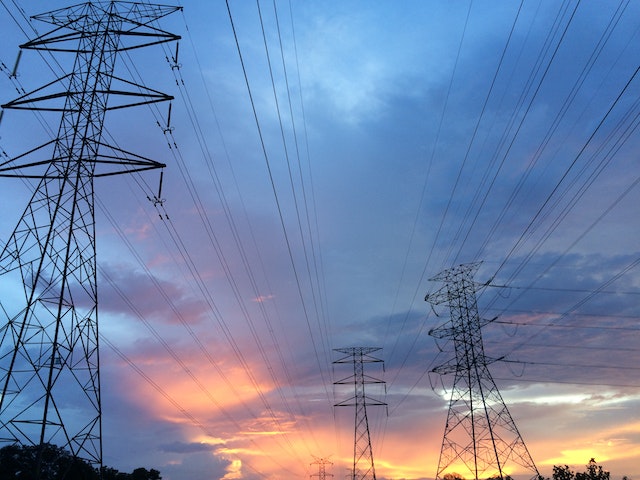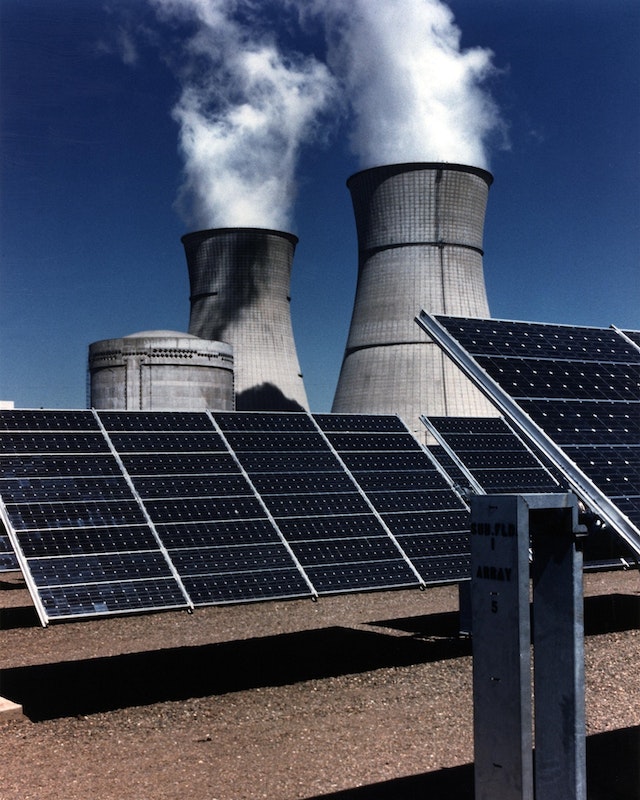Scientists confirm major development in nuclear fusion energy

US scientists have reached a significant development in the battle to re-create nuclear fusion. Since the technique holds the promise of a potentially endless supply of renewable energy, physicists have been working on it for decades. Researchers said that they had successfully surmounted a major challenge by generating more energy from a fusion experiment than was put in. However, according to scientists, it will take some time before fusion can power homes.
The National Ignition Facility at the Lawrence Livermore National Laboratory (LLNL) in California is where the experiment was conducted. "This is a historic achievement," LLNL director Dr. Kim Budil said. Thousands of individuals have contributed to this endeavor over the past 60 years, and it required true vision to bring them here.
Nuclear fusion is the "holy grail" of energy generation. The Sun and other stars are powered by it. It performs by fusing two pairs of light atoms; this "fusion" generates a lot of energy. It is the opposite of nuclear fission, which involves the splitting apart of heavy atoms. The method now utilized in nuclear power plants is fission, however this process also results in waste that emits radiation for a very long period. It needs to be stored securely since it can be harmful.
Far more energy is produced via nuclear fusion, and only trace amounts of radioactive waste are left behind. Additionally, and more significantly, the process doesn't emit any greenhouse gases, preventing it from causing climate change. However, one of the difficulties is that fusion requires extremely high temperatures and pressures in order to force and maintain the atoms together. No experiment has yet been able to generate more energy than was required to make it work.
How near is a future with fusion energy?
They have only produced a modest quantity of energy in this experiment, hardly enough to boil a few kettles. But it has a particular significance.
This experiment demonstrates that science is valid. It has to be replicated, polished, and the quantity of energy it produces will need to be greatly increased before scientists can even consider scaling it up.
The investment for this endeavor has reached billions of dollars; fusion is expensive. But overcoming these obstacles will undoubtedly be greatly aided by the prospect of a clean energy source.
California's National Ignition Facility is a $3.5 billion (£2.85 billion) experiment. It packs a peppercorn-sized capsule with a microscopic quantity of hydrogen. The hydrogen fuel is then heated and compressed using a strong 192-beam laser. The laser is so powerful that it can compress the capsule to a pressure greater than 100 billion times that of Earth's atmosphere while heating it to a temperature of 100 million degrees Celsius, which is hotter than the Sun's center. The capsule starts to collapse in on itself as a result of these forces, which causes the hydrogen atoms to fuse and release energy.
Dr. Marvin Adams, deputy administrator for defense programs at the US National Nuclear Security Administration, announced the achievement by stating that 2.05 megajoules (MJ) of energy from the laboratory's lasers had been input into the target, which had then produced 3.15 MJ of fusion energy output.

According to Fusion Energy Insights' CEO, Dr. Melanie Windridge, fusion has fascinated scientists since they discovered what made the Sun shine. These results certainly put us on the road to the technology's commercialization.
It was "a true breakthrough moment," according to Jeremy Chittenden, professor of plasma physics and co-director of Imperial College London's Centre for Inertial Fusion Studies. It demonstrates the possibility to attain the long-sought objective, or the "holy grail" of fusion, he added. This opinion has been shared by physicists all over the world, who have complimented the efforts of the worldwide scientific community.
Professor Gianluca Gregori of Physics at Oxford University said that many scientists in the US, UK, and other countries contributed to the triumph. With ignition being accomplished, a door to new research is opening in addition to the release of fusion energy.
The director of LLNL, Dr. Budil, was asked how long it would take for fusion to be used in power plants. He responded that there were still many obstacles to overcome but that, with coordinated efforts and investment, a few decades of studies on the core technologies could put us in a position to build a power plant. In response to that question, scientists used to estimate 50–60 years, therefore this represents progress.
One of the biggest challenges is lowering expenses and increasing energy output. The project, which cost billions of dollars to complete, could only generate enough energy to boil approximately 15-20 kettles. Even though the experiment produced more energy than the laser used, this does not account for the energy required to operate the lasers, which was far higher than the energy the hydrogen produced.
































